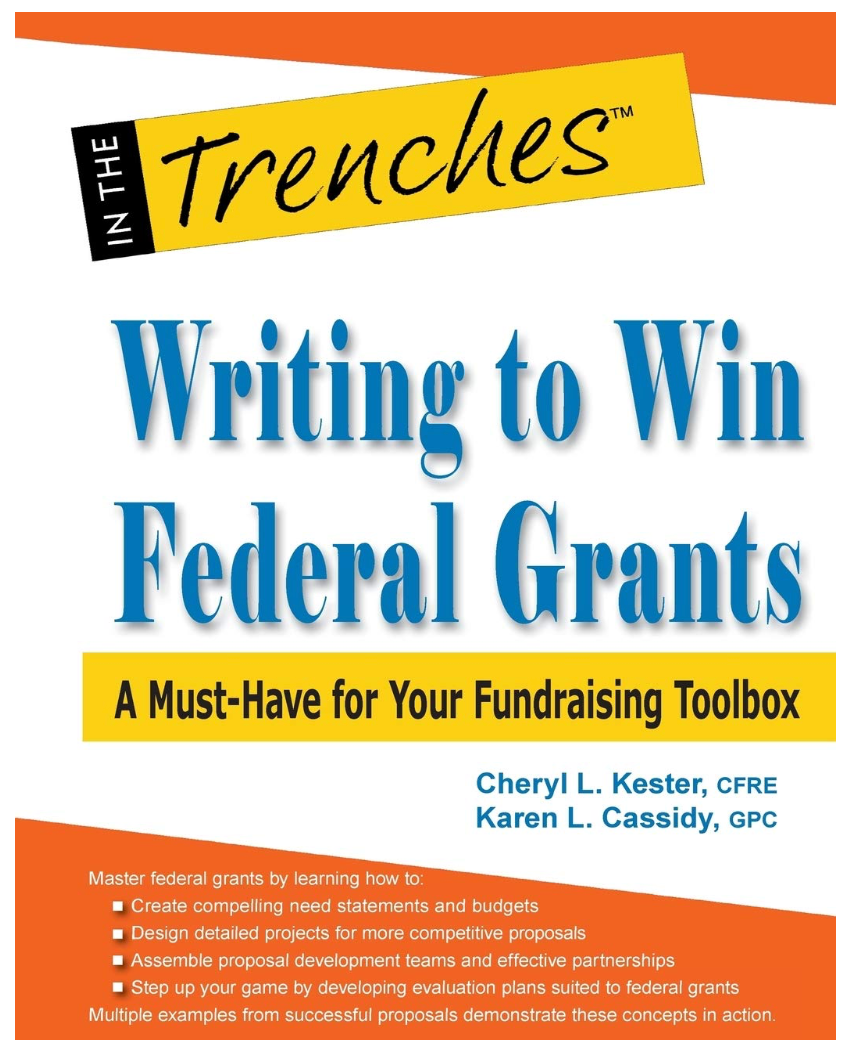Inside CSP Grants: How Charter School Applications Are Reviewed and Scored
- Peggy Downs

- Mar 3, 2019
- 4 min read
Updated: Aug 11
Have you ever wondered what really happens behind the scenes during the Charter School Program (CSP) grant review process? As a member of the CSP grant review team, I’ve seen firsthand how thorough and detailed the evaluation is — giving you confidence that every application is judged fairly and carefully.
Here’s how it works: Expert reviewers from across the country are invited to join the CSP Grant Review Team. After screening for conflicts of interest and completing specialized training, they are assigned to review teams responsible for scoring a set of applications using a clear, standardized rubric. Each reviewer independently scores and comments on every section before the team meets to discuss, debate, and finalize those scores. The combined results are then submitted for final award decisions by the CSP team.

What Are Reviewers Looking For?
Reviewers use a detailed, standardized rubric to evaluate every grant application carefully. They focus solely on the information provided within the application itself — external sources like the school’s website are not considered. Their goal is to identify both strengths and weaknesses by thoroughly assessing each response.
To earn top scores, an application must clearly address every criterion in the rubric. Since categories carry different weights—some worth as many as 20 points, others just 2—reviewers pay close attention to how well applicants demonstrate their understanding, expertise, and vision. Key questions include: Does the plan make sense? Are the goals realistic and supported by accurate data? Do the numbers add up? Most importantly, does the application inspire confidence in the school’s ability to achieve its goals?
While the rubric offers an objective framework, reviewers also apply careful judgment to ensure each grant is evaluated fairly and comprehensively.
If you are preparing for a Federal Grant, I recommend this book.
Writing to Win Federal Grants: A Must-Have for Your Fundraising Toolbox
This is my go-to book for federal grants. If you are serious about writing a successful grant proposal, you need this book!
As an Amazon Associate I earn from qualifying purchases. You pay nothing extra. Any commission I earn comes at no additional cost to you. Thank you for your support!
CSP Grant Winners and What They Teach Us
The charter schools that won CSP grants made compelling, well-supported cases for their proposed programs. For example, the top scorer in the 2018 competition, Prospect Schools, Inc., earned an impressive 99 out of 100 points—an achievement worth celebrating.
The highest-scoring applications shared several key strengths. They clearly demonstrated the need for their expansion or replication plans with solid data and compelling, visionary language. They explained how current programs already meet that need and how growth would further benefit their community. Their leadership teams and boards included experienced professionals with advanced degrees and a strong commitment to the organization. Budgets and timelines were presented clearly and with appropriate detail, answering any potential questions about fund use. Importantly, these schools documented measurable impact on student achievement, showing significant growth and proficiency, especially among at-risk groups.
By contrast, applications that did not receive recommendations often suffered from incomplete or unclear responses. Some failed to convincingly establish the need for their proposed programs or lacked evidence of the capacity to successfully implement them. Others didn’t fully answer all required questions or address every point in the rubric. Some were strong in vision but weak in detail, while others overwhelmed reviewers with information but lacked a clear purpose.
A Rigorous Review Process
As members of the grant review team, we carefully read each application, taking independent notes and scoring every section according to the rubric. Then, we came together on a conference call to share and discuss our scores. Each reviewer had to justify their ratings to the team, leading to thoughtful debate. Sometimes we persuaded others to adjust their scores; other times, we modified our own. Occasionally, we found a middle ground, while at times we respectfully agreed to disagree and accepted differing scores.
This rigorous, collaborative process was guided by professionalism and a shared commitment to selecting the best proposals—ensuring the CSP Grant program supports schools poised for success.
How does this help you?
You can learn from successful CSP grant applications to strengthen your own proposals. Keep these key points in mind as you plan and write your grant:
Think Big — but Stay Realistic: How does your project compare to past successful grants?
Understand the Funder’s Goals: How will your project help the U.S. Department of Education or your state agency achieve their objectives?
Align with Your School’s Mission: How does this project support your school’s vision and priorities?
Assess Your Team’s Capacity: Do you have the staff, resources, and community support needed to carry out the project?
While it’s important to be ambitious and visionary, be honest about your team’s ability to deliver. Grants can provide crucial funding, but success depends on your capacity to do the work and make tough decisions.
Ready to Pursue Federal Grants?
Before you dive in, make sure your organization is fully prepared. Download my Free Federal Grant Readiness Checklist—a step-by-step guide to help you assess your cash flow, accounting, personnel, project planning, and more. This essential resource can help you identify gaps and build a strong foundation for successful federal grant applications.

Sign up for my mailing list to get instant access and receive expert tips and updates to support your grant journey.
Check out these related posts
Get a FREE Grant Writing Worksheet to make the job easier with this link.










Comments